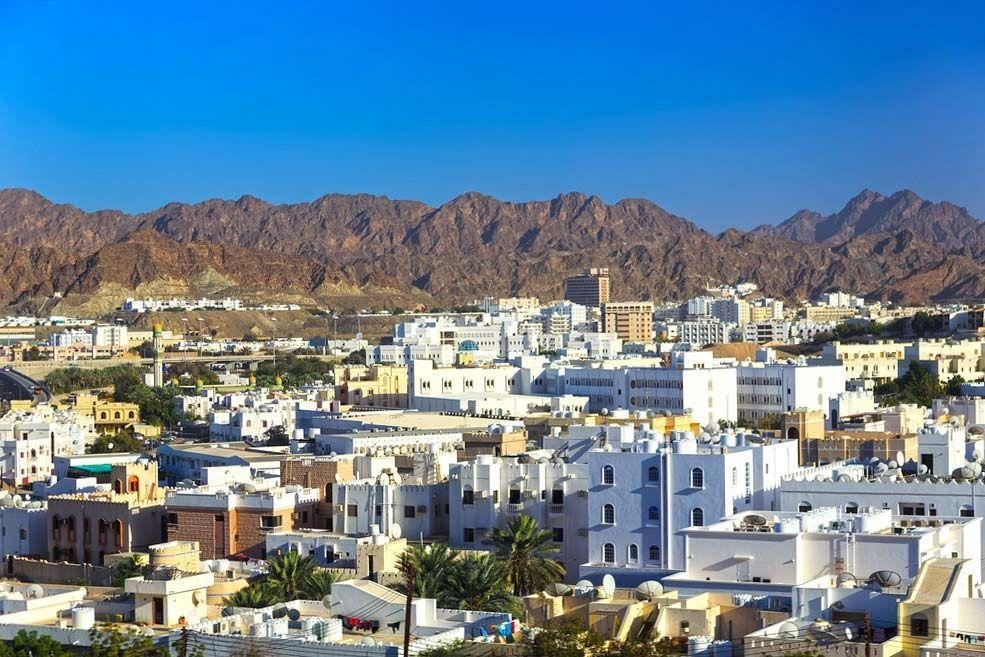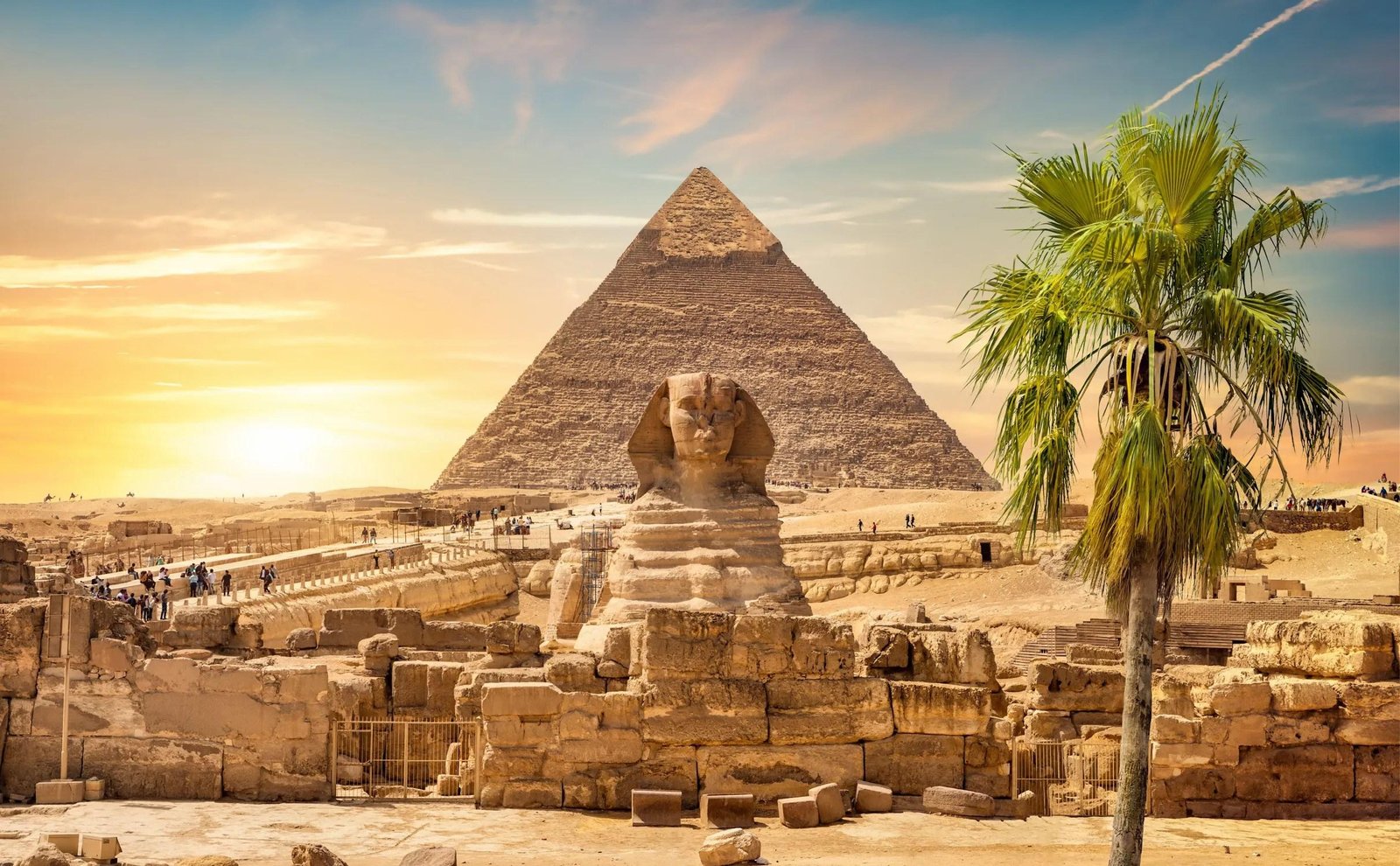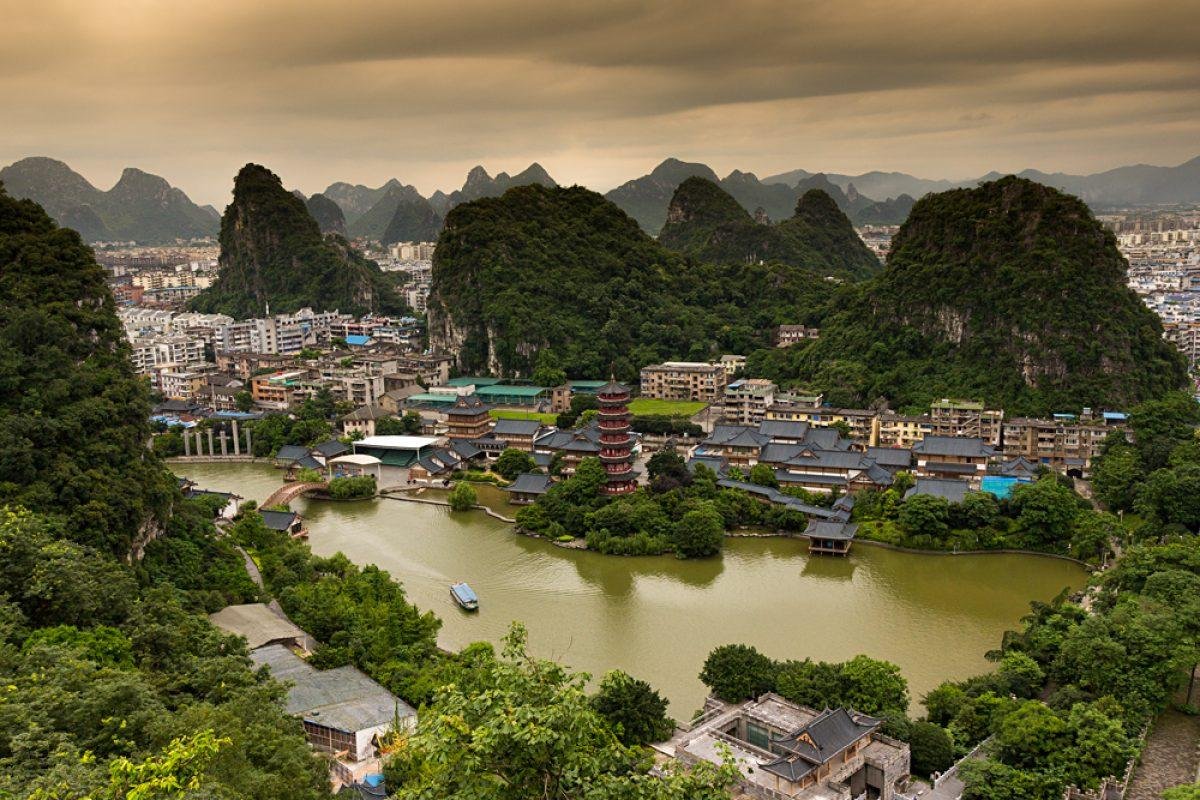Muscat, the capital city of Oman, is a captivating blend of traditional Arabian architecture and modern design, reflecti...
The Architectural Splendor of Florence: A Renaissance Legacy
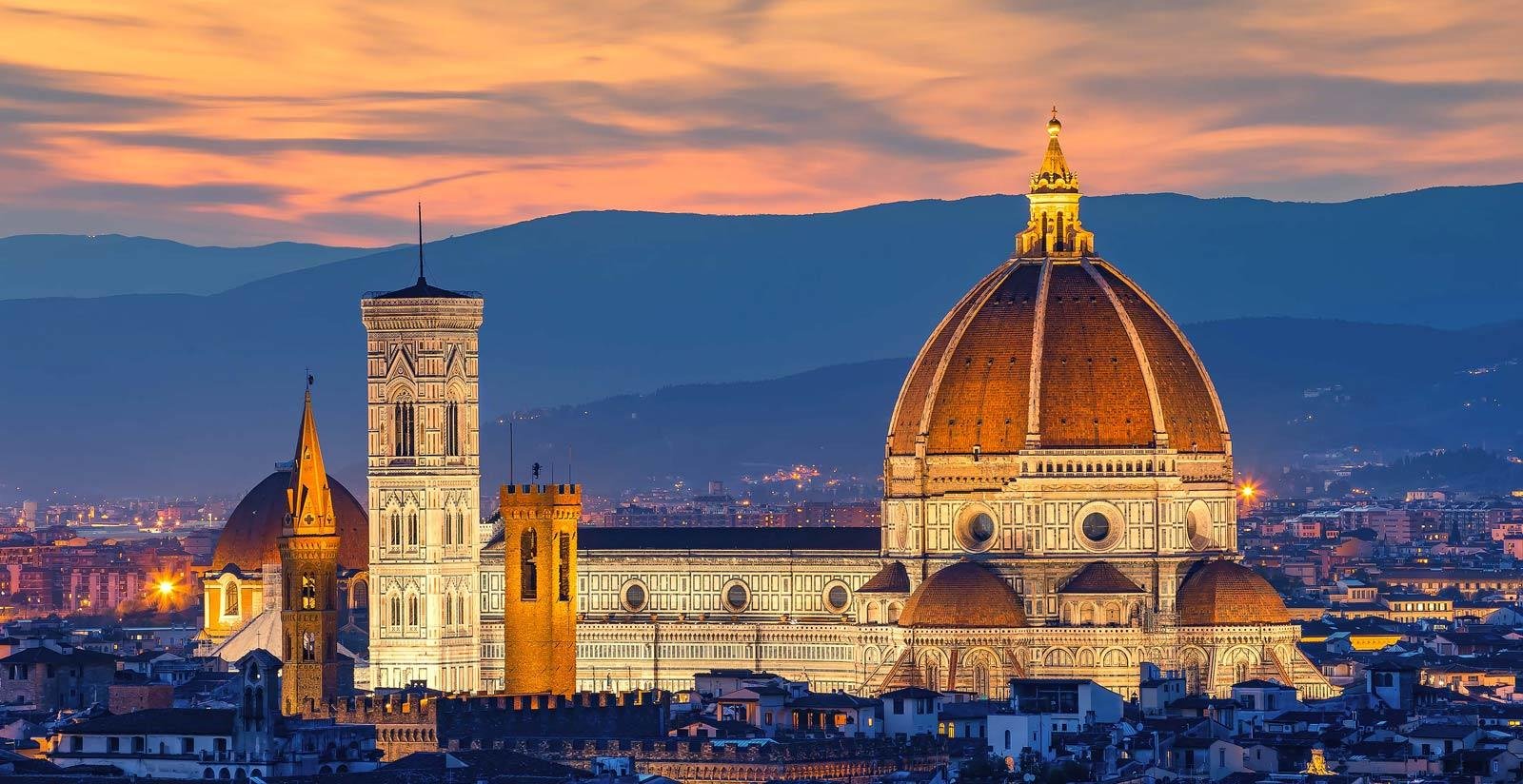
Florence, the cradle of the Renaissance, is a city where architecture tells the story of art, culture, and history. Renowned for its stunning buildings and artistic masterpieces, Florence's architectural landscape is a harmonious blend of Gothic, Romanesque, and Renaissance styles, reflecting the city's influential past.
At the heart of Florence stands the magnificent Florence Cathedral, known as Santa Maria del Fiore. Its iconic dome, designed by Brunelleschi, is a marvel of engineering and artistry. Completed in the 15th century, the cathedral's façade, adorned with vibrant polychrome marble, is a striking example of Gothic architecture. The adjacent Giotto’s Campanile adds to the skyline with its intricate design and offers panoramic views of the city.
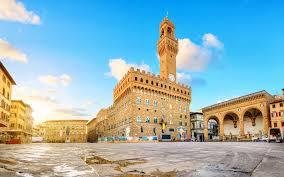
The Palazzo Vecchio, Florence's town hall, is a masterpiece of medieval architecture. Its imposing façade and crenellated tower dominate the Piazza della Signoria. Originally built in the late 13th century, the palace serves as a symbol of political power and is home to stunning frescoes and sculptures, including a replica of Michelangelo's David in the square.
The Uffizi Gallery, housed in a former government building, is a testament to Renaissance architecture and art. Designed by Giorgio Vasari, the gallery features an elegant loggia and contains an unparalleled collection of works by masters such as Botticelli, Leonardo da Vinci, and Michelangelo. The building's harmonious proportions and classical elements create a refined atmosphere for art appreciation.
Florence is also known for its numerous palaces, with the Palazzo Pitti being one of the most significant. Originally built for the Pitti family, this Renaissance palace boasts a grand façade and expansive gardens, the Boboli Gardens, which exemplify the Italian garden style. The palace now houses several museums, showcasing art and history.

The Ponte Vecchio, a medieval stone bridge, is another iconic symbol of Florence. Known for its unique shops built along its span, the bridge dates back to the 14th century and offers picturesque views of the Arno River. Its charming architecture and bustling atmosphere make it a must-visit landmark.
The Basilica of Santa Croce, a prime example of Gothic architecture, is the burial place of many illustrious Florentines, including Michelangelo and Galileo. Its stunning façade and beautiful chapels, adorned with frescoes by Giotto, reflect the city’s artistic heritage and religious significance.
Florence's architectural diversity extends to its modern buildings as well. The Opera di Firenze, designed by architect Paolo Desideri, showcases contemporary design while respecting the city's historical context. The striking structure enhances the cultural landscape and complements the traditional elements of Florence.
The city’s streets are lined with charming Renaissance-era buildings, featuring intricate details and vibrant colors. The Oltrarno district, known for its artisan workshops, offers a glimpse into the city’s craftsmanship and traditional architecture. The narrow streets and piazzas create a picturesque atmosphere, inviting exploration.

The Basilica di San Lorenzo, designed by Brunelleschi, is another architectural gem. Its façade, adorned with simple lines and elegant proportions, reflects the principles of Renaissance design. The interior features stunning chapels and the famous Medici Chapels, showcasing the wealth and power of the Medici family.
Florence's rich history is also evident in the city walls, remnants of the medieval fortifications that once protected the city. The Bastioni di San Niccolò offers panoramic views of Florence and the surrounding hills, providing a unique perspective on the city’s architectural evolution.
The city’s commitment to preserving its architectural heritage is evident in ongoing restoration projects that aim to maintain the integrity of historic buildings. This dedication ensures that future generations can appreciate Florence’s artistic legacy.
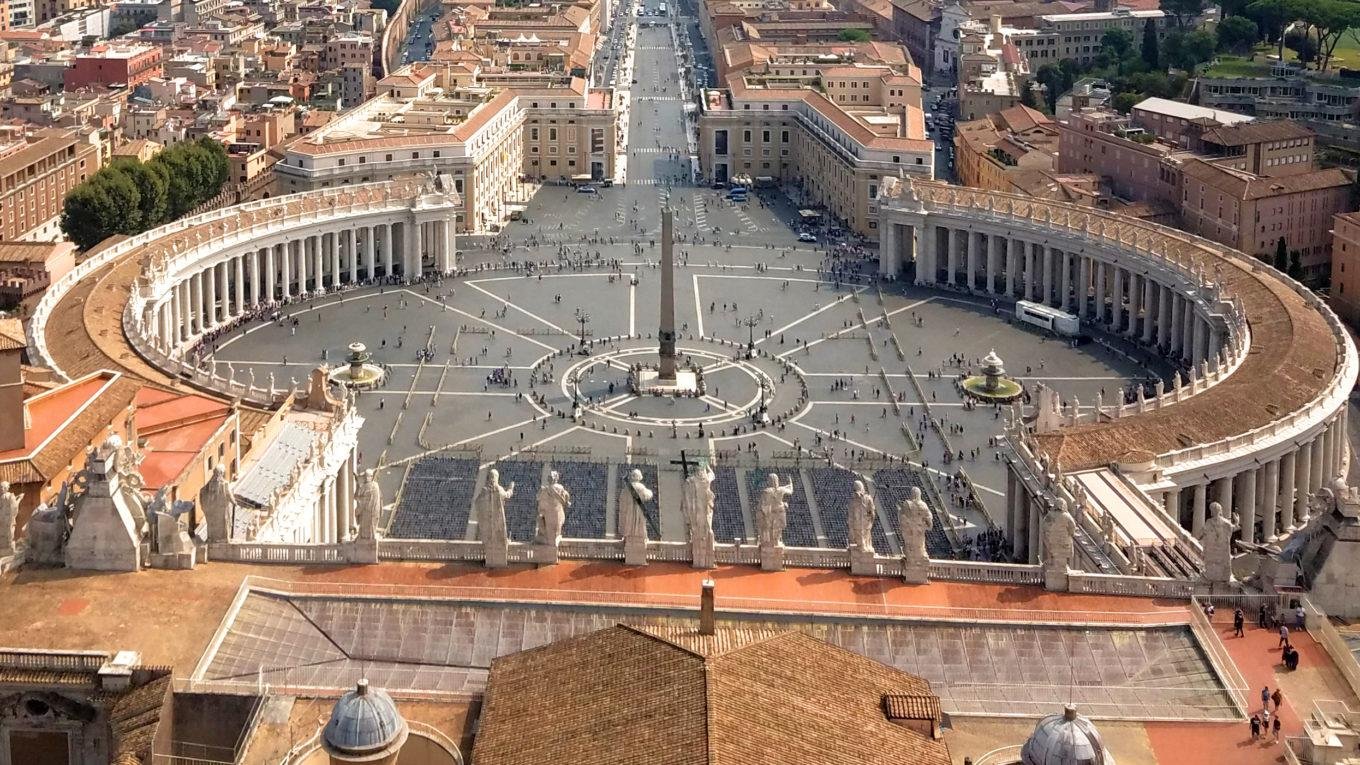
In addition to its remarkable structures, Florence is known for its piazzas, which serve as vibrant public spaces. Piazza della Repubblica, with its arcades and cafes, is a lively gathering spot, while Piazza Santo Spirito exudes a more local, authentic atmosphere, showcasing the city's daily life.
Florence’s architecture is not only about grandeur but also about the intimate spaces that enhance community life. The small churches scattered throughout the city, such as San Miniato al Monte, offer serene retreats and breathtaking views, reflecting the city’s spiritual heritage.
In conclusion, Florence’s architecture is a captivating narrative of artistic achievement and cultural significance. From the awe-inspiring Florence Cathedral to the charming streets of the Oltrarno district, the city is a living museum that honors its rich history while inspiring future generations. Walking through Florence is like journeying through time, where every building, piazza, and monument contributes to the city’s unique identity. The architectural splendor of Florence, with its fusion of styles and commitment to preserving its legacy, continues to captivate visitors and scholars alike, making it a true masterpiece of human creativity and ingenuity.
Share:

